My Turn: Setting the record straight on flows and fish passage commitments
| Published: 05-30-2023 4:22 PM |
In March 2023, following a decade of scientific study, stakeholder engagement, collaboration and negotiation, FirstLight Power filed the “Flows and Fish Passage Settlement Agreement” as part of the relicensing of the Turners Falls Hydroelectric and Northfield Mountain Pumped Storage projects. The agreement details proposed future operating conditions that will achieve a more natural river flow and measures to enhance fish passage and survival of protected, threatened and endangered species. It commits FirstLight to significant measures for upstream and downstream fish passage and sets ambitious performance goals for fish passage that we must meet.
Since the announcement of this agreement, a great deal of misinformation has been circulating, much of which omits important context on fish population dynamics and the strategy behind the established timelines for the implementation of migratory fish passage measures. Although we appreciate the necessity of advocacy and public engagement, it is also important that the community has access to data-backed information to support those discussions, as outlined below.
Over the past decade, FirstLight has undertaken extensive collaboration with dozens of public and private stakeholders, and we have conducted more than 40 studies to establish beneficial, science-based environmental protections for fish passage, endangered species habitat and overall river health.
Federal and state agencies responsible for protecting the natural resources, endangered species, aquatic species and habitats of the Connecticut River have signed onto this agreement. Signatories of the agreement include the U.S. Fish and Wildlife Service, National Marine Fisheries Service, and the Massachusetts Division of Fisheries and Wildlife, as well as leading nature and conservation organizations including The Nature Conservancy, American Whitewater, Appalachian Mountain Club, Crab Apple Whitewater Inc., New England Flow, and Zoar Outdoor.
Despite thorough research and scientific consensus, much of the public commentary has exaggerated Northfield’s impact on American shad populations. In 2016, FirstLight completed a study at Northfield, subject to stakeholder review and FERC approval, to evaluate the estimated impact of its pumping operations on shad eggs and larvae. Even though each female shad can lay up to 600,000 eggs in a spawning season, in a stable population, only a few reach adulthood.
Based on the shad egg and larval entrainment estimates from our study and published survival fractions, the number of equivalent juvenile and adults lost to entrainment at the Northfield Mountain Project was estimated to be 2,093 juvenile and 578 adult shad. To put these numbers into perspective, annual estimates of adult shad returning to the Connecticut River for the period 1966-2015 have ranged from 226,000 to 1,628,000, with an annual mean of 638,504 shad. These scientific studies make clear that contrary to popular narrative, Northfield’s operations actually entrain a very small fraction of the Connecticut River’s American shad.
As environmental stewards, we closely observe changes in scientific understanding over time, and to further reduce entrainment and support successful upstream and downstream fish passage in the future, we’ve agreed to numerous science-based measures to facilitate increased fish passage through this agreement. And these measures won’t just benefit American shad — they will help restore populations of other migratory fish, like river herring, sea lamprey and American eel, to the Connecticut River Basin and will improve the prosperity of other native fish and wildlife.
Perhaps most significantly, this agreement includes strict performance goals required by the agencies, specifying that we pass 95% of shad downstream and 75% upstream of our projects. Further, if our approach does not meet these targets, we are obligated to implement other adaptive management measures to meet or exceed the passage requirements.
Article continues after...
Yesterday's Most Read Articles
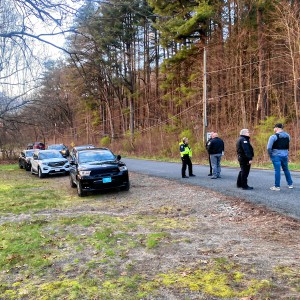 Police report details grisly crime scene in Greenfield
Police report details grisly crime scene in Greenfield
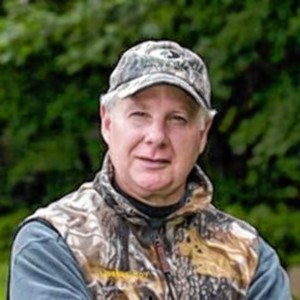 On The Ridge with Joe Judd: What time should you turkey hunt?
On The Ridge with Joe Judd: What time should you turkey hunt?
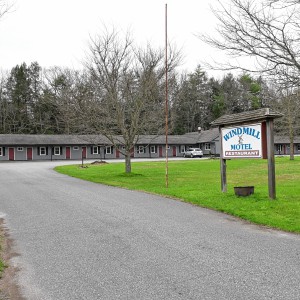 New buyer of Bernardston’s Windmill Motel looks to resell it, attorney says
New buyer of Bernardston’s Windmill Motel looks to resell it, attorney says
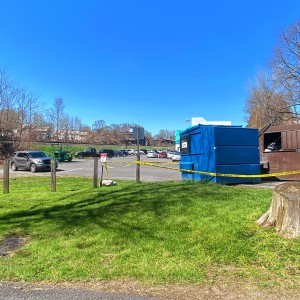 Greenfield man arrested in New York on murder charge
Greenfield man arrested in New York on murder charge
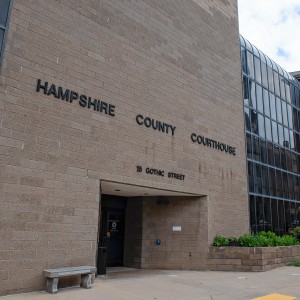 Man allegedly steals $100K worth of items from Northampton, South Deerfield businesses
Man allegedly steals $100K worth of items from Northampton, South Deerfield businesses
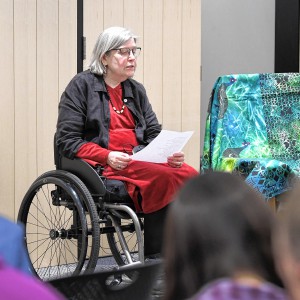 Joannah Whitney of Greenfield wins 33rd annual Poet’s Seat Poetry Contest
Joannah Whitney of Greenfield wins 33rd annual Poet’s Seat Poetry Contest
Despite the narrative put forth publicly, the actions we’ll undertake in the first 10 years of our license and for the entirety of this 50-year agreement are strategic and informed by years of research and consultation with subject matter experts and input from the regulatory agencies.
As requested by the regulatory agencies, FirstLight has committed to completing downstream fish passage measures in the first four years of our license. This is not an arbitrary decision; it is a science-based best practice and a goal of the Connecticut River American Shad Management Plan.
Downstream passage has been prioritized because of the protection it offers repeat spawners who migrate from the Atlantic Ocean, up the Connecticut River to spawn, and return, year after year. This practice emerged as a lesson from past fish passage projects that did not prioritize protecting post-spawned adult shad, which is now considered the highest priority to safeguard the continued reproductive potential of the population in the Connecticut River.
In addition, it is more important to do things right than quickly. Implementation of fish passage measures require significant time, first to complete and approve designs, then to permit and engineer, next to construct, and finally — and most importantly — to study and assess for effectiveness. All of these steps include ongoing multi-agency involvement and time for coordination, engagement and agreement.
Should study results not meet performance goals, we go back to the drawing board and through this time-intensive process over again to deliver additional measures to enhance passage — a scenario that grows more likely if planning and implementation is rushed. As an organization, we are invested in not only harnessing clean energy but being a steward of the river, and we are committed to doing it right.
To deliver immediate benefit, flow regime changes will happen right away upon receiving a new license, quickly improving the habitat for downstream fish, plants, mussels, dragonflies, and invertebrates. Within four years, downstream passage will be completed, protecting repeat shad spawners so they can continue reproducing. In addition, planning, design and permitting for upstream passage will begin as soon as our license is in hand to kick-start that time-intensive but critical project.
At FirstLight, we’ve never claimed to deliver perfect clean energy solutions to accelerate the energy transition because a perfect solution doesn’t exist. We proudly go to work in Franklin County to deliver clean, local, reliable, cost-competitive power; create local union and non-union jobs; support our communities; provide recreation access; and constantly evaluate how to continue the critical work of operating our projects with as little environmental impact on the Connecticut River as possible.
There will be significant opportunity for public engagement on issues related to the relicensing of our Northfield Mountain and Turners Falls projects over the next year, and we encourage the community to engage with this process as together we seek to deliver a carbon-free future and a thriving Connecticut River. For a comprehensive list of the 40-plus studies that informed the development of the Flows and Fish Passage Agreement, visit www.northfield-relicensing.com/.
John Howard is the vice president of operations for FirstLight Power and a lifelong western Massachusetts resident who resides in Amherst.

 My Turn: Dear Patients — We hear you!
My Turn: Dear Patients — We hear you!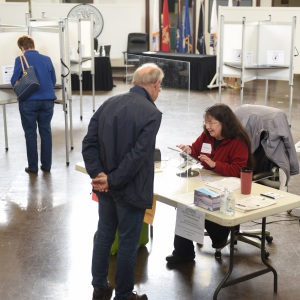 Annette Pfannebecker: Vote yes for Shores Ness and for Deerfield
Annette Pfannebecker: Vote yes for Shores Ness and for Deerfield Ava Gips: Carolyn Shores Ness gets things done
Ava Gips: Carolyn Shores Ness gets things done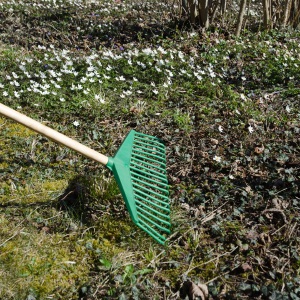 Brenda Davies: Makes some healthy changes for our planet
Brenda Davies: Makes some healthy changes for our planet
